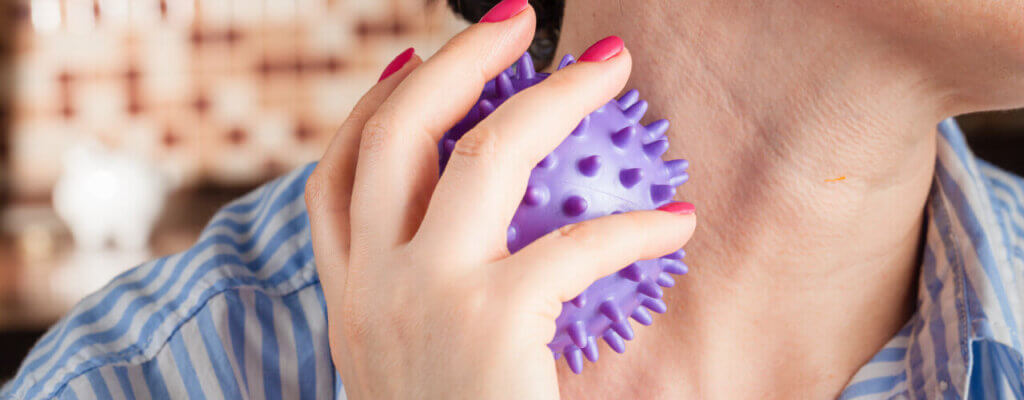Arthritic is a painful ailment that can make a person feel isolated and confined on their path. Many people living with arthritis pain turn to antirheumatic medicines, steroid injections, or joint replacement surgery to manage daily life with discomfort. However, there is good news on the horizon if you’re living with arthritis: occupational therapy, hand therapy, and other natural treatments have been shown to be more effective for many patients. Request an appointment at Hand In Hand Rehabilitation today to learn more about our natural pain treatment method and how it can help you relieve your arthritic problems.
How does occupational therapy work?
Occupational therapy is deeply rooted in science. It’s a tried-and-true treatment that works in the real world by helping people recover and regain skills after an injury, assisting children with disabilities in school and social settings, and assisting seniors in improving cognitive and physical skills.
An occupational therapy plan is all-encompassing and includes an individual evaluation to determine patient goals, customized intervention activities to improve daily tasks and activities for the patient.
An outcome evaluation to determine if goals were met and to make changes to the plan or lengthen the amount of time a person needs to be in treatment.
The goal of an occupational therapist is to help you regain function and independence that you may have lost or may be at risk of losing due to an injury or pain condition such as arthritis. They can help you to accomplish everyday tasks in more accessible ways.
For example, if arthritis makes it hard for you to reach up on shelves in your kitchen, an occupational therapist can help you by figuring out new, safe ways to help you do everyday things without compromising comfort, privacy, or independence.
How can hand therapy help?
Hand therapy focuses on the intricacies of the muscles in the hand and the essential skills necessary to basic motor functions. Improving fine motor skills after having a stroke requires actually rewiring the brain through special exercises, helping you to rebuild muscle memories and restore functionality to as close to your previous levels as possible.
During hand therapy, you may be encouraged to complete exercises like:
- Flexing rubber bands between your fingers
- Moving beans from one bucket to another
- Squeezing a stress ball
- Putting pegs in a pegboard
The idea behind these exercises is that they help reprogram the muscles in the hand to make certain movements and tasks easier to complete. For the exercises to work, they need to be repeated—and repeated often!
Working with a hand therapist can help you to reach a place where your hands are your own again and where you are able to complete every task with the same attention to detail as you used to be able to do.
A therapist can isolate painful joints
When it comes to arthritic joints, rest is sometimes the most effective treatment. On the other hand, inactivity may aggravate the problem by weakening the muscles that surround it.
Your hand therapist can help you isolate the painful joint so that you can stay active while receiving therapy. Bracing provides natural pain relief for your arthritic condition. Depending on where your arthritis is rooted, a specialized wrist splint can provide unique support for that joint. If you isolate the painful region, you will be able to go about your daily routine without worrying about the aches and pains you are experiencing.
Therapy can improve your range of motion
Anyone who has arthritis can attest to the stiff joints that come with it. When you try to move the injured joint further than it can go, you may feel anything from a nagging discomfort to complete pain!
Flexibility exercises learned in treatment sessions help your joints become more supple over time, while resistance activities help to strengthen the muscles that support them. You will acquire diminished discomfort and increased mobility by participating in such treatments.
Learning new, better ways to move
It’s not always simple to anticipate which actions and movements will bring on arthritic twinges and sharp pains. Even something as simple as turning a corner while walking can cause your arthritic shoulder to tense and twist in a way that you never even noticed before, resulting in a jolt of pain that seems to shoot right through you.
Because of this, learning new ways to move is essential to help you avoid some of those painful unwelcomed sensations throughout the day.
During treatment sessions, arthritic patients can learn which motions lead to discomfort. Their hand therapists can also demonstrate new joint protection techniques to avoid unnecessary pain.
If you have arthritic fingers, your hand therapist can demonstrate how to carry objects with your palms instead of grasping them. This could be something as simple as using a purse with a particular kind of strap to take pressure off your wrists or exiting the car or bathtub differently.
Laying objects across the arms instead of carrying them in your hands is another common technique. Throughout your treatments, you will also gain information on the latest tools and gadgets that can help make day-to-day tasks much less challenging.
Request an appointment today with our clinic
Of course, each patient is unique when it comes to the best type of therapy and related natural treatments for arthritis. The location and severity of your ailment will determine a significant portion of your treatment plan.
An occupational or hand therapist on our team can thoroughly evaluate and determine which approaches will provide you with the most effective natural pain relief.
Request an appointment or give a call to our office today to get started on the path to natural, safe, and effective relief!



